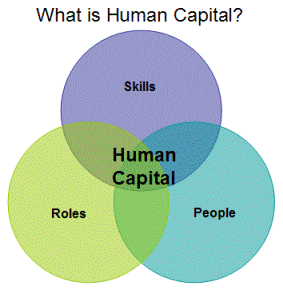Checkout the presentation and see the article. To Download the presentation visit building competitive advantage and download the presentation
Where does your business success begin? If you want to secure a competitive advantage, what are the 3 key areas that you must address?
Your employees or internal customers are your competitive advantage if you want to create a high performance work culture where at least 35% of the employees are engaged in thinking intensive jobs. A reasonable question is the how does one build a foundation from which to develop and then maximize that advantage?
The foundation begins with three 3 and distinct areas or pillars: your systems, your strategies and your people. Each pillar needs to be assessed and then aligned to developing internal customer satisfaction.
When looking at your systems, you will need to look at team building, process improvement, customer loyalty and continuous improvement. Quality leadership will ensure that these systems are both efficient and effective.
Strategy is embedded in your strategic planning process that includes your Vision, Values and current measurable Mission Statement along with all the critical success factors. To develop internal customer satisfaction mandates that your strategy is well communicated within your entire organization.
One simple way to assess the effectiveness of your strategic plan is ask every employee to name the top 3 goals for the current year. And if you get more than 3 answers, you know this is an area that needs immediate attention. Using an organizational assessment tool that incorporates known and proven criteria such as Baldrige helps to determine where your directional gaps are.
The pillar of people include: self leadership skills (interpersonal skills), leadership skills, attitudes and behaviors and business plans for each department. Management development oversees this essential pillar.
When all three areas of systems, strategy and people are aligned to developing achieving the goal of internal customer satisfaction, something almost magical happens. Your employees experience moments of truth that lead to loyal external customers.
TAKE ACTION to think about your strategic plan and how will it is executed in your business. What would happen if every employee could name the top 3 goals of the business for the current year? Would your overall productivity increase? Would you find yourself with greater sales, greater profitability and less costs? Just imagine the possibilities.
article source


